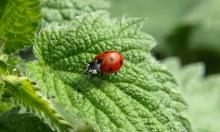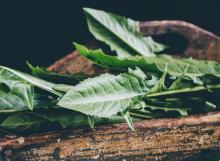Carrots are a member of the family Apiaceae, commonly known as the carrot family. Carrots are in the genus Daucus L., which contains two species and two varieties. Fossils of carrots have been found in prehistoric lake dwellings in Switzerland and were grown in the royal garden in Babylon in the 8th century B.C. E. Carrots are thought to have been cultivated for their leaves and seeds, as there is no evidence to show the root was eaten. The plant is related to parsley, dill, celery, and parsnips, and in Europe it was a white root.










